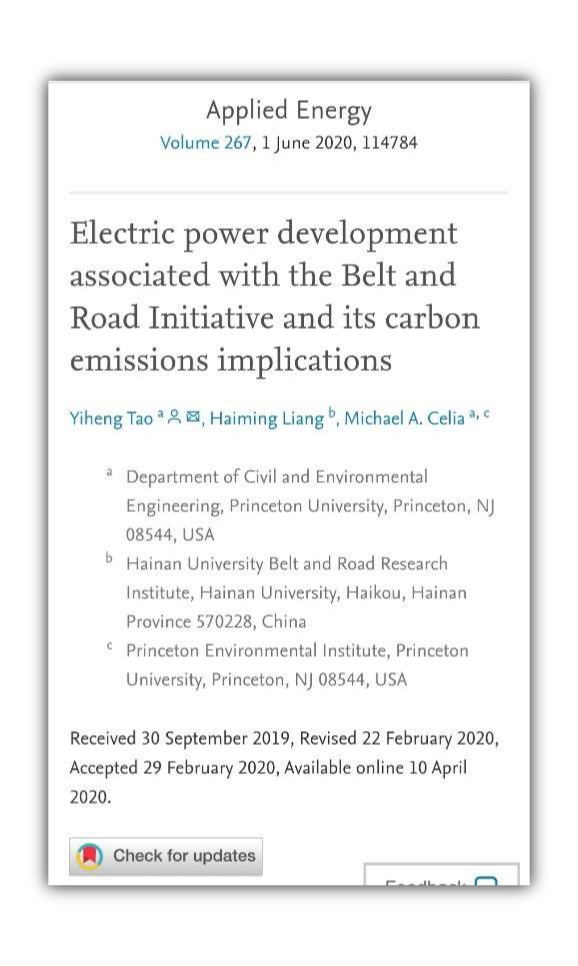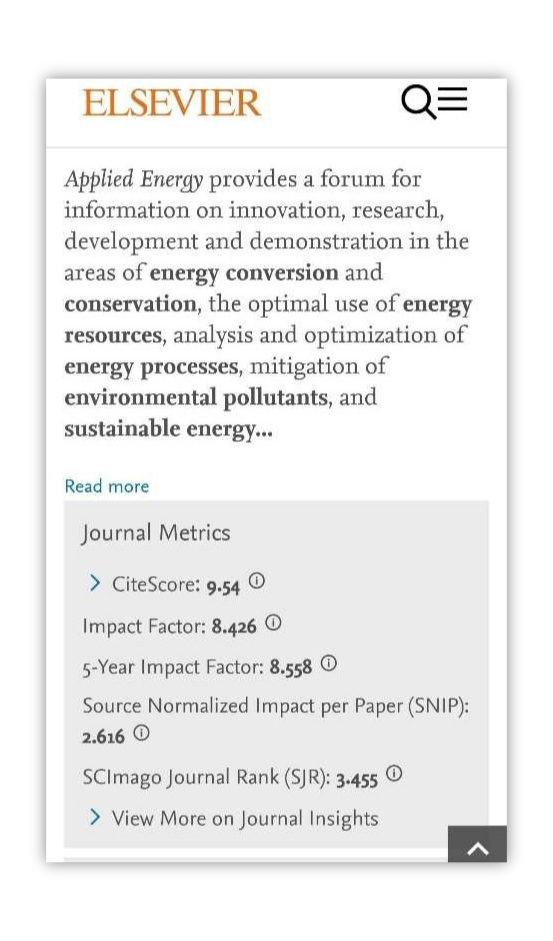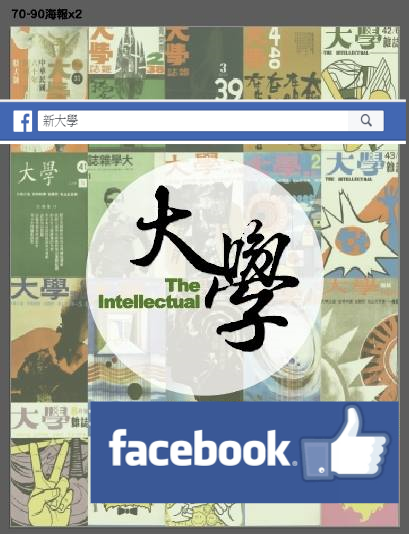♦ 本篇文章轉載自 絲路智穀研究院。若有侵害著作權,請速告知,我們將盡速移除 ♦
2020/4/14
近日,絲路智谷研究院院長梁海明教授在Top期刊《Applied Energy》上發表與美國工程院院士、美國普林斯頓大學環境研究所所長Prof. Michael Celia 及其博士生陶以恒先生的合作論文“Electric power development associated with the Belt and Road Initiative and its carbon emissions implications”。這是首篇由有美國工程院院士參與綠色“一帶一路”的相關研究並公開發表論文,絲路智谷研究院首席顧問馮達旋對此進行了分析和意義解讀。以下為馮達旋顧問的文章全文:
In Volume 267, June 1 issue of the top-ranked “Journal of Applied Energy (JAE),” from the behemoth Elsevier, a paper entitled “Electric power development associated with the Belt and Road Initiative (BRI) and its carbon emissions implications” will be published. Currently it is available for on-line purchase:
Top期刊《Applied Energy》6月1日推出的第267期中,將收錄一篇名為《與“一帶一路”倡議(BRI)相關的電力發展及其對碳排放的影響》的論文。目前本文可以線上購買:https://www.sciencedirect.com/science/article/abs/pii/S0306261920302968?dgcid=coauthor

The BRI is a massive and long-term global effort. Yet, it is truly remarkable that even though it was proposed in the Fall of 2013, I am confident that in 7 years, this may be the first, if not the first BRI collaborative results of US and Chinese scientists published in a top global scientific journal whose discussions that are entirely based on gathering and assessing accurate, massive and unbiased data.
``一帶一路''倡議是一項規模巨大、發展長遠的全球性專案。然而,雖然這個倡議在2013年秋就已經提出,我確信這將是7年以來中美學者在全球頂級科學雜誌上發表的首個BRI合作成果。這篇論文完全基於對龐大且無偏見資料的收集和準確評估。
Since this area of research is terra incognita for me, I had to carry out a little research to ascertain the position of JAE in the world of energy research. According to https://www.resurchify.com/all_ranking_details_2.php?id=518, the 2018 Impact Factor of JAE is 8.426. This is comparable to the top physics journal I am familiar with, Physical Review Letters, whose IF is 9.227. More information is given below.
由於這一領域的研究對我而言是未知的,因此我不得不進行一些研究以確定《Applied Energy》在能源研究領域中的地位。根據https://www.resurchify.com/all_ranking_details_2.php?id=518, the 2018 Impact Factor of JAE is 8.426. 的說明,該期刊2018年的影響因數為8.426。這可與我所熟悉的頂級物理學期刊《 Physical Review Letters》相提並論,其影響因數為9.227。更多資訊可見下圖。

The authors of this important paper are Yiheng Tao and Michael Celia of Princeton University’s Department Civil and Environmental Engineering and Haiming Liang of Hainan University Belt and Road Research Institute. Professor Celia is a member of the United States National Academy of Engineering, and is also the Director of Princeton’s Institute of Environmental Sciences, whose expertise is in understanding the global challenge of climate change. Professor Liang’s is one of the new generations of outstanding economists from China. Yiheng Tao is a doctoral student of Professor Celia.
這篇重要論文的作者是普林斯頓大學土木與環境工程系的陶以恒和Michael Celia,以及絲路智谷研究院院長、海南大學“一帶一路”研究所的梁海明。Celia教授是美國國家工程院院士,也是普林斯頓大學環境科學研究所所長,他專長於瞭解全球氣候變化的挑戰。梁教授是中國的新一代傑出經濟學家。陶以恒是 Celia教授的博士生。

Michael Celia教授和梁海明院長
As expected, the paper is long (more than 40 journal pages) and information-rich. The ABSTRACT of the paper given below also manifests how one can and should conduct this area of research.
正如預期的那樣,該論文篇幅較長(40多頁)且資訊豐富。以下的論文摘要也為這一領域的研究者應如何進行研究提供了範本。
Abstract
The Belt and Road Initiative (BRI), initially proposed by China in Fall 2013, involves large-scale development of infrastructure, including energy infrastructure, in Asia, Europe, and Africa, and thus has the potential to affect global climate. In this work, we analyze publicly available information for 458 power plant development projects in 15 representative countries across the BRI regions from eight years prior to BRI (January 2005), to 6 years after BRI (June 2019) in which Chinese engineering contracting companies played a significant role. The data indicate that coal, gas, and solar photovoltaics (PV) activities increased to different degrees after BRI was introduced.
We find that 75% of the new generation capacity after October 2013 has gone to fossil fuels, while the rest has gone to hydroelectricity (14%), solar PV (6%), wind (3%), and others (2%). Those numbers have important carbon emissions implications. Based on current trends, the total BRI-associated power development in the 15 countries could generate 37 (range 26–48) gigatonnes (Gt) of committed carbon dioxide (CO2) emissions by the end of 2030, corresponding to 4–11% of the remaining carbon budget for the 1.5-degree climate goal. Extrapolation of these results to all BRI countries gives an estimate of 56 (range 40–72) Gt CO2 for cumulative BRI-related committed emissions by 2030, corresponding to 7% to 17% of the remaining 1.5-degree carbon budget. If the projected growth of fossil fuel power generation in BRI slows down prior to 2030, there are commensurate reductions in emissions implications. To provide context for these numbers, we define a “greenness ratio,” which can be used to measure the level of environmental sustainability of BRI in the power sector.
The importance of this paper can be summarized as follows:
(1) This is a cross-pollination of environmental engineering science and geo- economics;
(2) This is the first collaboration of United States and China’s scientific on the issue of BRI
本文的重要性可以概括如下:
(1) 這是環境工程科學和地緣經濟學的一次交叉授粉;
(2)這是中美兩國學者在BRI問題上的首次合作。
For (1), it is known throughout the global research community that intellectual cross- pollination is the best way to create innovative and deeper ideas. In this case, both disciplines of environmental engineering science and geo-economics require detailed and accurate data to reach consensus.
對於(1),在全球研究界中眾所周知,知識交叉授粉是創新和創造更深層次想法的最佳方法。在本項研究中,環境工程科學和地緣經濟學這兩個學科都需要詳細而準確的資料才能達成共識。
For (2), this is especially noteworthy that when nowadays there is significant political intrusions into any BRI discussion. These groups of scientists could rise above the fray, and concentrate on what the massive and accurate data is telling them. Their results cannot be and is not either perturbed or imbalanced by other peripheral issues.
對於(2),尤其值得注意的是,如今,在任何“一帶一路”倡議的討論中都會出現明顯的政治干預。而這些科學家群體可以超脫出爭吵之外,專注于海量、準確的資料所說明的資訊。他們的結果不能也不會受到其他週邊問題的干擾。
Unquestionably, for BRI to benefit mankind, more of such research results should be and are acutely needed. The results published in this paper clearly indicate to us that even in the energy arena, the work may still be only the tip-of-the-iceberg. There are multitudes of research directions which one could pursue to render BRI a true benefit for humanity.
毫無疑問,為了使“一帶一路”倡議造福於全人類,應當而且迫切需要更多這樣的研究成果。本文發表的結果清楚地向我們表明,即使在能源領域,這項工作也可能只是冰山一角。有許多研究方向可以使“一帶一路”真正為人類帶來好處。
With this paper appearing in the top and open global journal, I hope that this could set an intellectual standard in which one should aspire to in any future research on BRI.
隨著這篇論文出現在全球最重要的公開期刊上,我希望這可以為以後的BRI研究建立一個理想的標準。
I am fortunate to personally know both Professor Celia and Professor Liang. Professor Celia and I were for several years members of the Academic Advisory Board of one of the fastest growing Malaysian universities: Universiti Tecknologi Petronas (UTP) and Professor Liang and I have collaborated for several years already on various projects regarding issues and challenges confronting the BRI. Their intellectual capacities and honesty are palpable. This collaboration was conducted during a six-month-visit by Professor Liang at Princeton University’s Institute of Environmental Sciences.
我很幸運能夠認識Celia教授和梁教授。Celia教授和我幾年前就是Tecknologi Petronas大學(發展最快的馬來西亞大學之一)的學術顧問委員會成員,梁教授和我已經就有關BRI面臨的問題和挑戰的各個專案進行了多年合作 。他們的才智和誠實是顯而易見的。這項合作是由梁教授在普林斯頓大學環境科學研究所進行為期六個月的訪問期間進行的。
馮達旋|絲路智穀研究院 首席顧問 核子與核天文物理、量子光學與數學物理領域的專家,在美國和臺灣多間大學及企業服務超過30年,曾出任M. Russell Wehr講座物理教授、美國國家科學基金理論物理組主任、美國德州大學達拉斯分校研究副校長兼任物理系教授、美國五百強企業SAIC任副總裁、臺灣清華大學與成功大學資深副校長等職。
♦ 專文屬作者個人意見,文責歸屬作者,本報提供意見交流平台,不代









